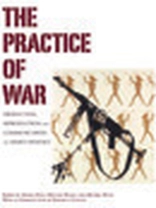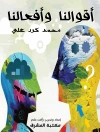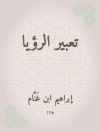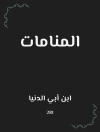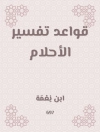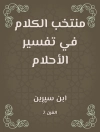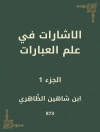The fact is that war comes in many guises and its effects continue to be felt long after peace is proclaimed. This challenges the anthropologists who write of war as participant observers. Participant observation inevitably deals with the here and now, with the highly specific. It is only over the long view that one can begin to see the commonalities that emerge from the different forms of conflict and can begin to generalize. [From the Introduction]
More needs to be understood about the ways of war and its effects. What implications does war have for people, their lived-in communities and larger political systems; how do they cope and adjust in war situations and how do they deal with the changed world that they inhabit once peace is declared? Through a series of essays that move from looking at the nature of violence to the peace processes that follow it, this important book provides some answers to these questions. It also analyzes those new dimensions of social interaction, such as the internet, which now provide a bridge between local concerns and global networks and are fundamentally altering the practices of war.
İçerik tablosu
List of Figures and Tables
List of Contributors
Preface
Introduction: The Practice of War
Elisabeth Colson
PART I: CHANGING QUALITIES OF VIOLENCE: CASE STUDIES FROM AFRICA
Chapter 1. ‘We Turned our Enemies into Baboons’: Warfare, Ritual and Pastoral Identity among the Pokot of Northern Kenya
Michael Bollig and Matthias Österle
Chapter 2. Culture Slipping Away: Violence, Social Tension and Personal Drama in Suri Society, Southern Ethiopia
Jon Abbink
Chapter 3. Catholics and Cannibals: Terror and Healing in Tooro, Western Uganda
Heike Behrend
PART II: MEMORY, TRAUMA AND REDEMPTION
Chapter 4. Coming Through Slaughter: The Herero of Namibia, 1904–1940
Jan-Bart Gewald
Chapter 5. Trauma, Therapy and Responsibility: Psychology and War in Contemporary Israel
Edna Lomsky-Feder and Eyal Ben-Ari
Chapter 6. ‘I Shall be Waiting for You at the Door of Paradise’: The Pakistani Martyrs of the Lashkar-e Taiba (Army of the Pure)
Mariam Abou Zahab
PART III: ORGANIZING, ENCOURAGING AND DISSUADING: THE USES OF KINSHIP, GENDER AND RELIGION
Chapter 7. Is War Gendered? Issues in Representing Women and the Second World War
Elaine Martin
Chapter 8. Judging by Aesthetics: ‘Due Care’ in the Management of ‘Collaboration’ in the First Palestinian Intifada
Iris Jean-Klein
Chapter 9. Islamist Militancy in Kashmir: The Case of the Lashkar-e Taiba
Yoginder Sikand
PART IV: THE INSCRIPTION OF WAR IN MEDIATED WORLDS
Chapter 10. In the Combat Zone
Marilyn B. Young
Chapter 11. ‘Virtual’ Discourse and the Creation and Disruption of Social Networks: Observations on the War in Kashmir in Cyberspace
Aparna Rao, Monika Böck, Katharina Schneider and Michael Schnegg
Chapter 12. Martyrs, Victims, Friends and Foes: Internet Representations by Palestinian Islamists
Henner Kirchner
Chapter 13. Mapping a Conflict in Cyberspace: Chiapas on the WWW
Julia Pauli and Michael Schnegg
PART V: PEACE BUILDING AT THE CROSSROADS: APPROPRIATIONS OF WAR, AMBIVELENCES OF INTEREST
Chapter 14. Violence and Peace Processes
John Darby
Index
Yazar hakkında
Monika Böck is a Social Anthropologist, affiliated with the University of Cologne. She has conducted fieldwork among a matrilineal community in North-Eastern India. She is interested in kinship & gender studies, cognitive anthropology, and the medialization of war and violence. Together with Aparna Rao she published Culture, Creation and Procreation: Concepts of Kinship in South Asian Practice (Berghahn Books 2000).
